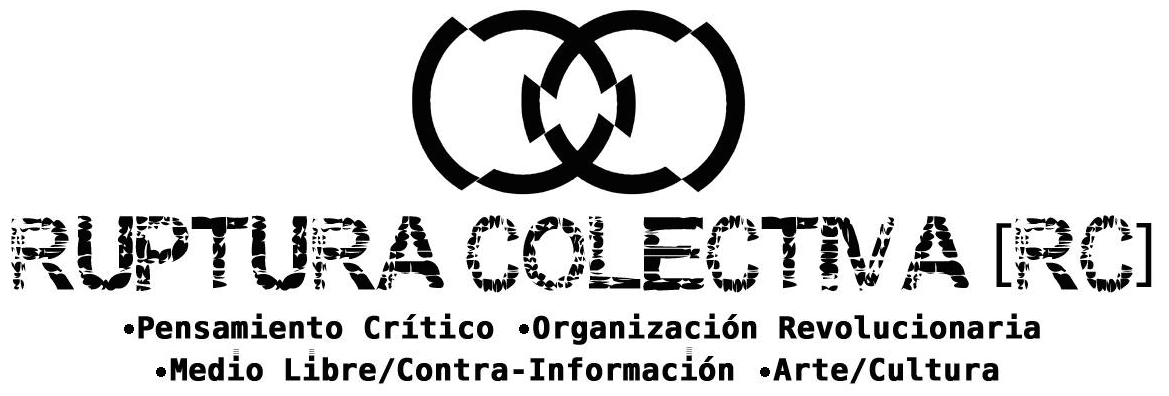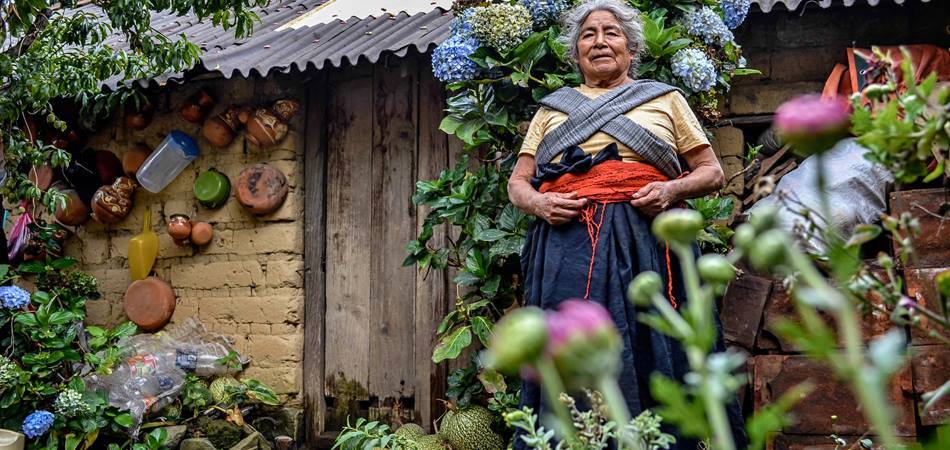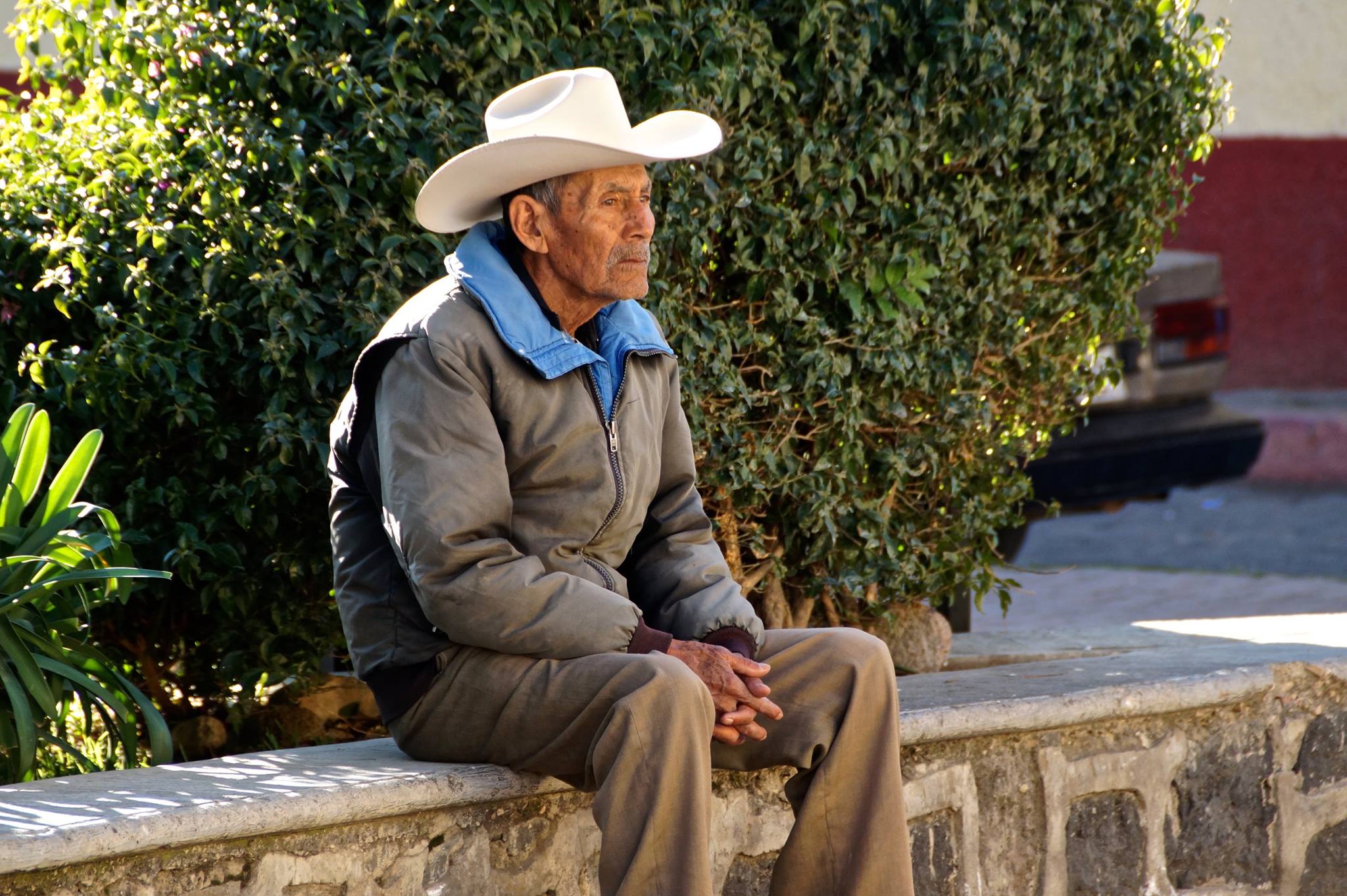“We have a dream, may Hueyapan becomes autonomous municipality”
Interview with the Community Council for Hueyapan Autonomy
Translation by Isaac Rosas
On November 22 and 23, 2016 it was held the II International Meeting of Resistances in Latin America and the Caribbean in the community of Hueyapan, Morelos, with the presence of dozens of organizations, activists, human rights defenders and people of some countries to form joint works and projects on different antisystemic lines.
Given the introductory data, the substance is as follows: the encounter was rich, nourished and substantial among experiences and voices. However, little was said of the circumstances – and the quite interesting process! – that today lives the community of Hueyapan, located in the Eastern part of the state at the skirts of Popocatepetl. Since the conformation of the municipality of Tetela de Volcán in 1937, a segregation of privileges and spoliation of the territory between the head of the municipality and its localities has been perpetuated, mainly the perpetual conflict with Hueyapan.
During the time, intense struggle over water and against corruption of municipal authorities have developed, ironically, “there where water flows”. Tiredness and inspection of other ways was deliberated by the community after the passing of the needle and the humiliations. People want to break the conflict, want the peace, want the autonomy of deciding for itself the administration of the-public.
On April 15, 2011, the people of Cherán K’eri in the state of Michoacán were able to take control of their territory and forests after a huge escalation of violence by the talamontes (people who illegally chop down trees) -organized in criminal groups-, drug trafficking, different levels of law enforcers and local political parties. That scene, that act of courage, that portrait, is today an award for hueyapanenses, claiming that the impossible is possible. The autonomy of his political life and self-management of their economic labors are the strokes now drawn on its plan of good living.
The clear line of “racism between mestizos and indigenous people has made the State to listen more to them than to us, “ is told in this interview by members of the recent Community Council for Autonomy in Hueyapan, in order to turn public the causes of this initiative to stop depending- and let itself be dominated – by the authorities and despotic mechanisms of Tetela del Volcán, and to be configured as an autonomous municipality.
The dream is ineffable, but gets closer to the reality day after day: “if we all hold hands, it will be easier to change the world.”
What is happening in Hueyapan? Can we talk about a route to self-government?
It happens that we have dreams now. We have a thought of being an indigenous municipality since the 70’s and 80’s, for we have long belonged to the municipality of Tetela del Volcán for a long time. Nine years ago, the people of the community got organized and for the first time we put a president of Hueyapan there, in the Municipal Town Hall. From there, we realized that there is a lot of money that never gets to the communities, a lot of the infrastructure and federal taxes did not get to us and stayed in the municipality of Tetela, we got no support for streets, sidewalks or drinking water. In fact, we have drinking water because people organized themselves and began to self-store it.
Nine years ago, a municipal president built bridges and constructed streets, which we liked and chose another similar president, but we saw that our lives are the same having a president in the locality. We have to go to Tetela to do our paperwork (birth certificates, death certificates, any other requirements) and the community is more than 12 km away, we have to pay combi (a transportation like a minibus) (…) even though we have a president, we still depend on municipal power.
In 2010, we, as a people, forced the Morelos Congress to come to the community for the Tetela-Hueyapan water conflict, we brought several deputies and sat them in the community to set a working session with tetelas and hueyapanenses, but more than anything with the government. We made a petitionary sheet where the main point was to be AUTONOMOUS, to be Indigenous Municipality here, we no longer want to go to Tetela. We do not want to be governed, even if they are people of our people and race, they end up being part of the same system, right?
In 2012, there were Graco Ramirez election campaigns, we brought him to the community and told him “we would vote” in exchange for signing a law initiative to become indigenous municipality. The governor’s signature was vital, if he did not sign it would be very difficult to achieve the autonomy we sought. Well, he was sought and did not refused, it was a commitment that became public. It was very “diplomatic”, without getting to deaths or confrontation, without taking roads or making a fuss there in Cuernavaca, we rely on our rights of ILO Convention 169, article 2 of the Constitution and other international treaties that defend our indigenous culture. Sometimes the hardest thing is for the governor to sign, here it was the other way around. Cherán’s colleagues tell us that ‘down below’ was much faster, and the top (legal) was really difficult.
The governor promised to promote the reform of article 40 of our state where it says that to be an indigenous municipality we must be more than 40,000 inhabitants; Here in the community we are around 6 and 7 thousand inhabitants. It was unthinkable to be an indigenous municipality in the next 20 or 30 years; many years would have to pass. In that sense, we worked for the amendment of the article in Congress and the vote of the majority was needed (50 plus 1), which would remove the locks for us to become a municipality.
As a Community Council we were appointed 5 people in assembly as a committee to follow up on this process, one per neighborhood. Here in the village, as in other parts of Mexico, the structure of the committees is made up of a president, a secretary and a treasurer; the president is the one who determines almost everything. When we were in plenary, we said, “Gentlemen, we do not want to be a committee.” One of the best ideas we have come up with. * Laughs *. I remember that we proposed to be Council to have all the same hierarchy and decide horizontally, because if we were a committee, the State could have a great interference, forcing the president to sign agreements as if we were lamb. We proposed it to the assembly and were told, “If you think it’s the best, do it, do it please”. At first, the work to become municipality was only the municipal assistant’s, after, the Council began to participate more rigorously.
On June 10th, 2014, article 40 was reformed with 29 votes in favor, that is, all voted in favor. What follows is to set up our statutes, we have to draw up working tables, we do not have the power to decide, we go with the people and they will decide. We have given them the model of Cheran K’eri, a unique policy in Latin America, a model that is being copied in some first world countries, because it is participative, there is no corruption, there is no crime, no crime, well, it is community. In this 2016, we have made two trips to that community to learn from their experiences. We have just barely begun, there are still people with their doubts, that if it is a municipality we will have to pay taxes, that communal lands would be expropriated. Fears are many and it is reasonable. We have reassured people telling them that that’s why we want to be autonomous indigenous municipality, because we do not want to pay a tax, that it would be determined by us and not the State, as well as the axes of health, administration, politics board, sport, youth, women’s affairs, etc.
The money budgeted for our town Hueyapan is also something that should be analyzed, for instance, to the municipality of Tetela del Volcán it was given about 80 million pesos annually, here it was given, to the most, 5 million, that for the sidewalks, the potholes, just theater! If we rely on population censuses, we should receive like 38 million, but we don’t get it, which provokes that we can’t decide if we need to cobble a street, fix a bridge that is falling, maybe improve public lighting and other needs of the community; and being a municipality, the items would already be labeled and we would distribute them by sector; what we receive for health it is used for health, what we receive for security it is for security, for example, in the payroll of the municipality they talk about 100 elements of the budget, we only know 5.
The ones who take care of the town are the partners of the Community Guard, “the Tigers” who make great efforts without many resources, without uniforms, without boots or nothing. As a municipality, we would consider that security is not left to the police, but to us, that what it is received is for a vehicle, radios for communication, we propose that they have uniforms and that the children grow safe and with the dream of becoming a tiger”.
Why would we do this? Many problems began with the Single Command when Graco Ramirez arrived, we had every week 1 or 2 detainees, students and young people mostly, because they said that they had drugs, because their backpack looked suspicious, because they carried firewood, but they were only pretexts for extortion. People were worrying. There is a case of a municipal assistant coming from the field and stopped by the Single Command, the man came with his wife and the Command pointed the woman with their weapons. The assistant came to clean his mount and cut wood for the kitchen, not for business, but they said that “he brought green wood.” That unleashes a lot of discontent and what was done was to say that “we do not want the Single Command, they set their checkpoints here and get anyone they want and everyone walks afraid, “ but … we were not organized. When we organize and we said “NO Single Command” agreements were sought for them not to make their patrols and arrests here, we did collectively and said, “you either go or we will take care.” And … they left! Since October 2014 we have a commitment to care, because violence, as in all communities, however small, is always present. Here there’s the issue of theft of avocado and animals, what we did was to generate block chiefs, commanders and the people in general, we decided to begin with community guards.
How does the idea of forming community guards arise?
What happens is that in the neighboring community of Tepango, they do community guards, at the entrance there is always a checkpoint, 2-3 people checking who enters and leaves. The dynamics was to take care of the entrances at night to avoid so much robbery. While it was discussed how to do it – we had not brought it to the community assembly yet -there was a debate to see how we coordinated, we agreed that block chiefs and volunteers had a role in the guards.
Our assistant carried a radio that the municipality had given him to have communication with the police, he connected it with the municipality of Santa Cruz, where they also do community guards. One day a vehicle passed by with an old man selling glasses, the man was frightened because the Santa Cruz people stopped him and came here in a rush; they called the assistant saying “guess what? A stolen car comes; it must be stopped!”. It was very instinctive, we all stopped to go there, we left the room, some said it was counterproductive and we had better not intervene, even the moderator of the debates. In less than 5 minutes we were in the place, the car had not yet passed. When the car arrived we saw that it was a couple of very scared old people, they said they were selling glasses, we checked it and we let them go. When the matter was settled, we returned to the office (without moderator) and said: “We are smart, what if it was a kidnapped, what if it was a stolen car? We could stop it! (…) what do we need? More radios, we need to make the checkpoints “.
From there, we called a general assembly and the people named also a Council, it comes from the ideas of the partners that worked the matter of Community Council, then before forming this, we were part of the Council of Coordination for the Community Guards, we were dealing with logistics and organization. Our job was to check that the partners fulfilled their work, call the roll; it was a dynamic that one did this, the other one did that. Two people were named per neighborhood so that the matter was not so hard. We interchanged the positions from one place to another so they would not vitiate, make it rotary, we were in charge of finding support for their coffee, for a snack, etc.
But soon the state government accused us of being self – defense groups and began the tremendous pounding, very subtly they told us “you do continue and you will be detained.” The repression came and we stopped making that catch dynamics but we kept the radios, which continue working. People connect with the partners of the guards, they are recognized and respected.
Why “Los Tigres”?
In a municipal assembly, our assistant was given a radio and told to get a name to place him in the communication network. He did not know what to use, had no idea A man from Tetela said, “I’ll be Rayo”, other said “Relámpago” another said “Halcón” and our assistant said “what if I say Tigre?”. And with the other volunteers it was agreed to be Los Tigres, they became famous with that name. Now, people stand when hear about them because they know there is no money involved, corruption, that there is commitment and that they are good people.
We as Council, besides calling the roll and doing all those things, we also made it as a justice system. When a guy burned a trash can or made a mess, we sent for them and told them: “guys, you have misbehaved, you will have to clean up what you did.”
So, your justice system is born from ethics and the conflict resolution through mutual agreement and not through the imposition of a punishment or a penal code?
So it is. The boys told us, “hey, give us a chance… we did not think it, please be patient with us.” We were aware of everyday issues in youth and we answered, “well, get organized and do it, there will be someone who is taking care while doing your job.” With the issue of self-defense, this council is in “a break”, it is stopped, but Los Tigres continue doing their activities. If we achieve autonomy, the committee or council of Los Tigres would come to be the “Supreme Court” to take care of security. It is what we are looking for.
Were there acts of repression against this initiative of self-managing security and care of the territory?
The messages of the State were very clear and strong, especially for our assistant who was called every time to attend the city of Cuernavaca. He was very questioned and criticized, and not just him, they began to point us to us as Council. The governor said he would not allow another cell in our town of armed uprisings because there would be a great punishment. The CISEN (security and intelligence) of Morelos began to investigate us, we are not fools, but we had to see if we continued risking or waiting for the detentions, that they fabricated us some crime to justify them.
* Hueyapan community is now conducting various awareness activities to gain a query using direct democracy in which the municipalization is demanded, to give rise to the initiative of autonomy and self – government. At the beginning of January 2017, they installed a community radio that broadcasts diverse contents in radio signal 105.5 FM.
668 total views, 3 views today


